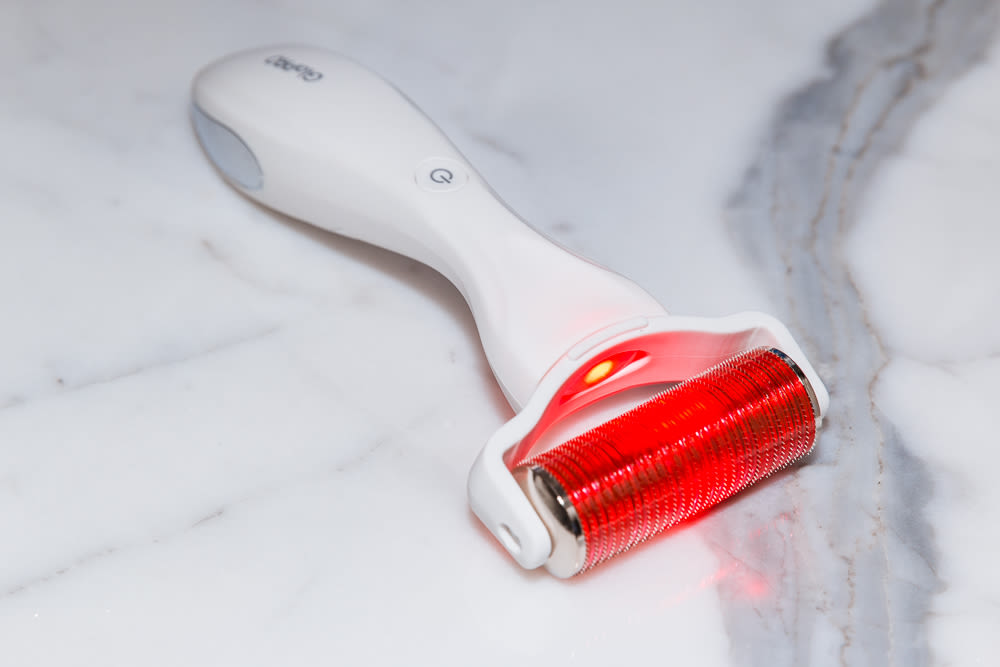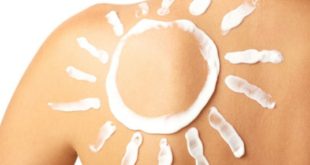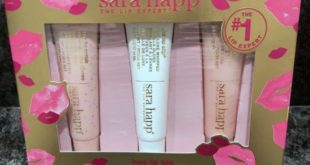
A common misconception about aestheticians is that they’ve learned everything they know in beauty school. In reality, most of what you might learn in school is how to keep things sanitary between clients, along with some anatomy and hands-on techniques—the rest of an aesthetician’s education is up to them upon graduation. And as you may have already noticed about the skincare industry, philosophical routes differ dramatically. If you trained in a medspa you might have a more dermatological point of view; if you’re interested in naturals, you might invest time and money learning about essential oils; if you come from a different country or cultural background, you might dip into those practices. All of that is why you get aestheticians with totally different opinions about what’s actually best for your skin. One thing in particular we just can’t seem to agree on is at-home microneedling. For a clearer consensus, all you have to do is ask a dermatologist.
Microneedling tools consist of either a roller (this method is called dermarolling) or stamp studded with teeny metal spikes of various lengths. The problem is this: while aestheticians can’t treat clients with needles longer than .5mm because they penetrate the dermis—the layer of skin filled with blood vessels, nerves, and glands only board-certified dermatologists can manipulate—they can sell them to non-licensed clients for at-home use. These tools come with a risk of bleeding , and even shorter needles can spread bacteria from active zits, cysts, warts, or cold sores to other parts of the face. Oh, and while professionals change out the needles after each use, at-home devices are cleaned and reused for months! What’s typically left out of their instruction manuals is that a non hospital-grade disinfectant won’t clean it well enough, and that over time, the needles become blunt and leave jagged tears in the skin. In short, these things are dangerous. But at the same time, results can look really impressive. And really impressive aestheticians use them, sell them, and advertise them. Because they can!
I haven’t seen a more compelling case to put down the dermaroller than this video I found on my TikTok For You page last week. In it, LA-based dermatologist Dr. Sarmela Sunder demonstrates two methods of microneedling (a single-use stamp your dermatologist might use and a store-bought dermaroller) on a banana peel. As the peel rapidly oxidizes upon injury, it leaves ghost marks of the dermaroller’s path that you could never track on human skin. They’re uneven, haphazard, irregularly shaped—and alongside the needle pricks are long, unsightly scrapes. In voice over Dr. Sunder says, “The skin can get really traumatized by the dragging of the dermaroller, [and] dermaroller use can lead to scars, hyperpigmentation, and infection in an unsterile environment.” In the comments section, she underscores that it’s impossible to disinfect the tools without professional equipment (like an autoclave). Dr. Sunder also adds that several of her patients exhibited the skin conditions mentioned above after using popular “safe” at-home devices.
If you’re somebody who prides themself on their skincare knowledge—if you’re somebody who shames people for using St. Ives Apricot Scrub because it leaves micro-tears in the skin—take a pass on the at-home microneedling. Not even a million expert opinions can do much once you’ve added injury to injury.
—Ali Oshinsky
Photo via ITG



